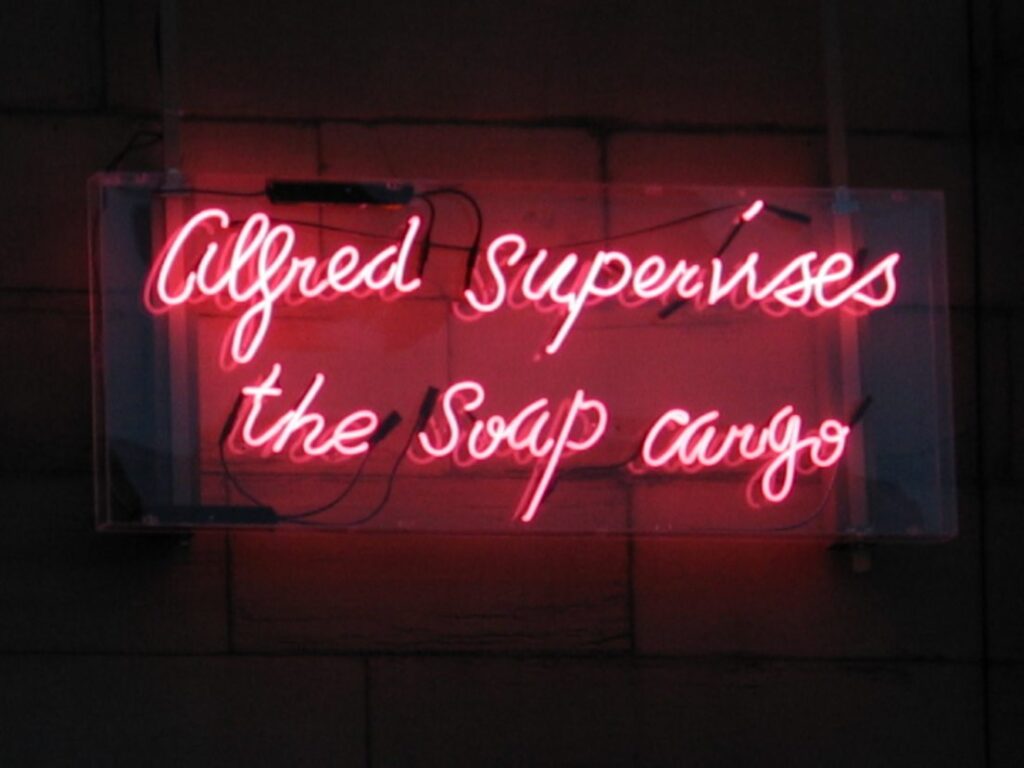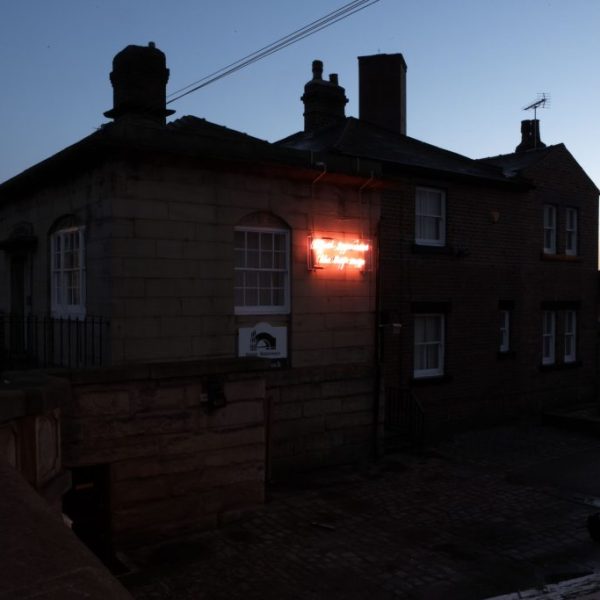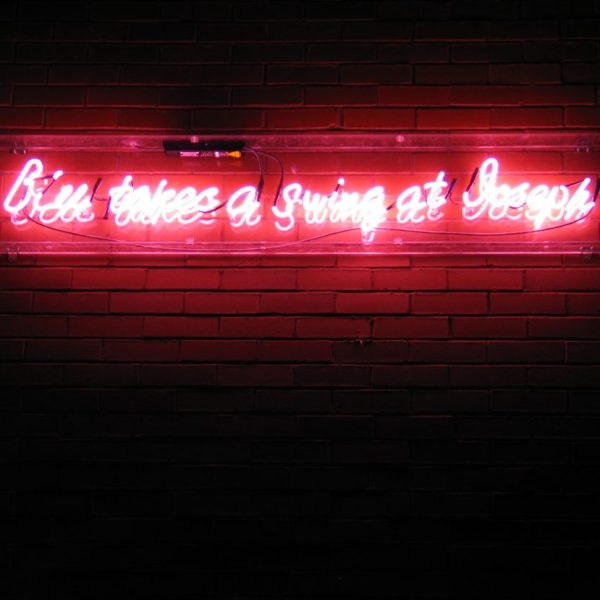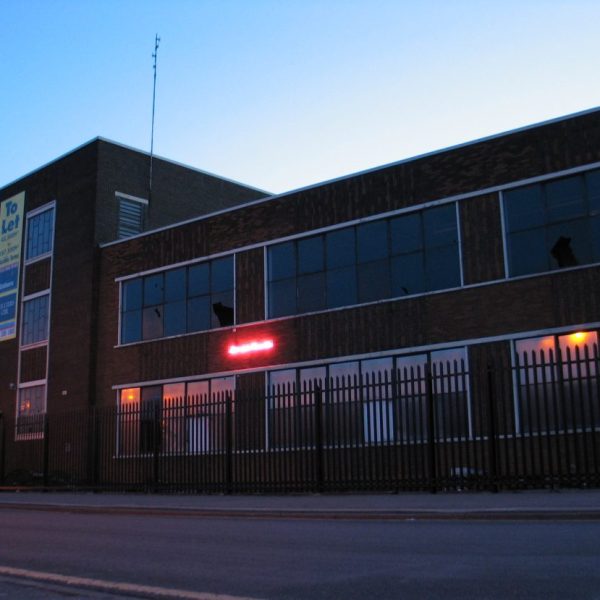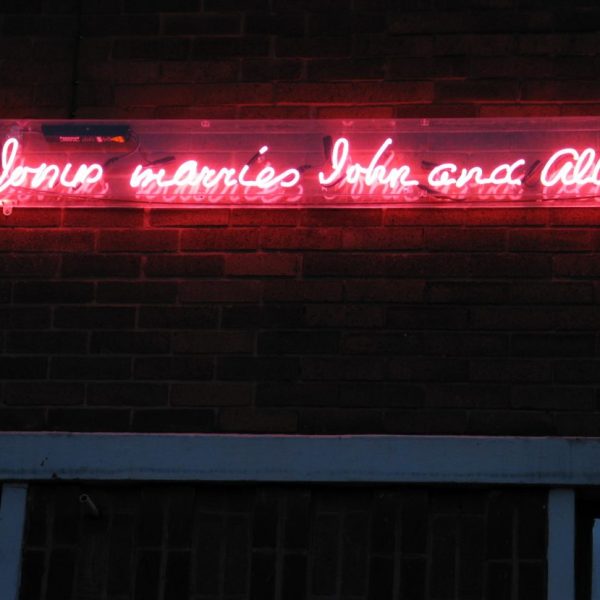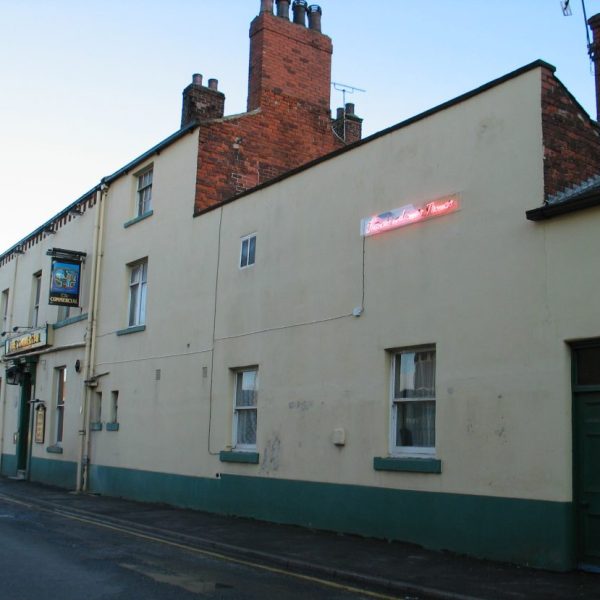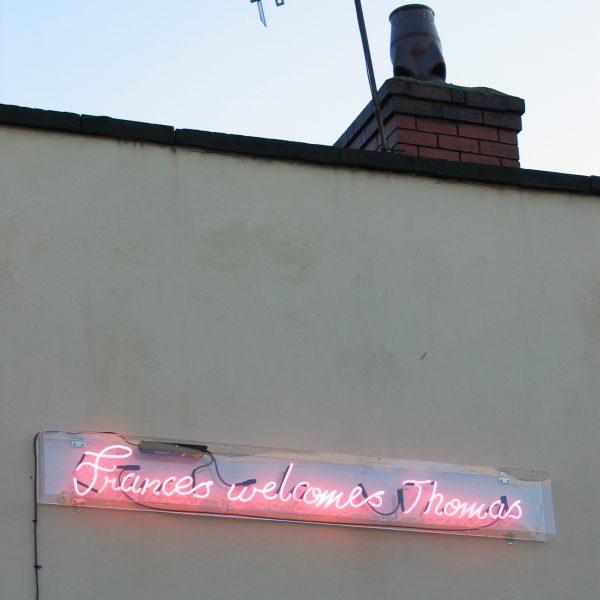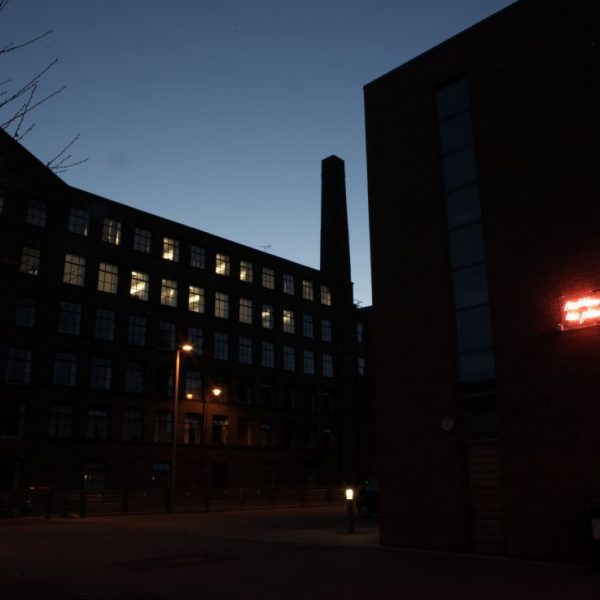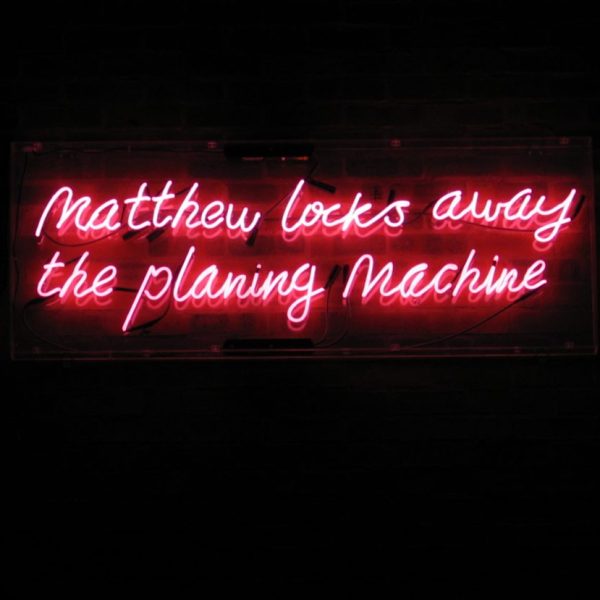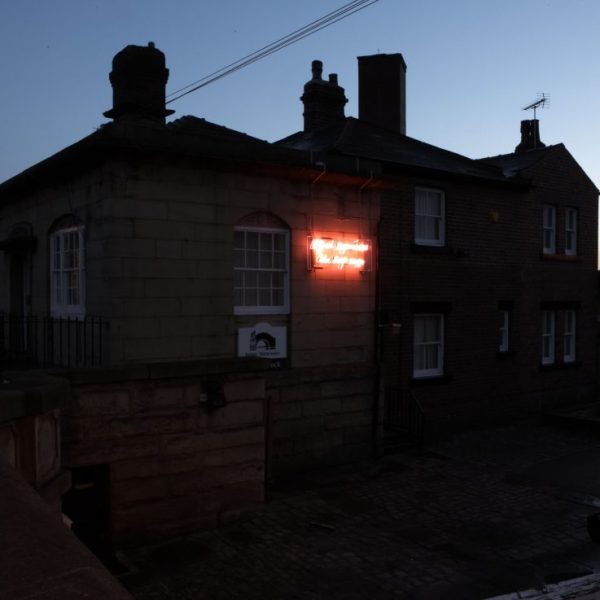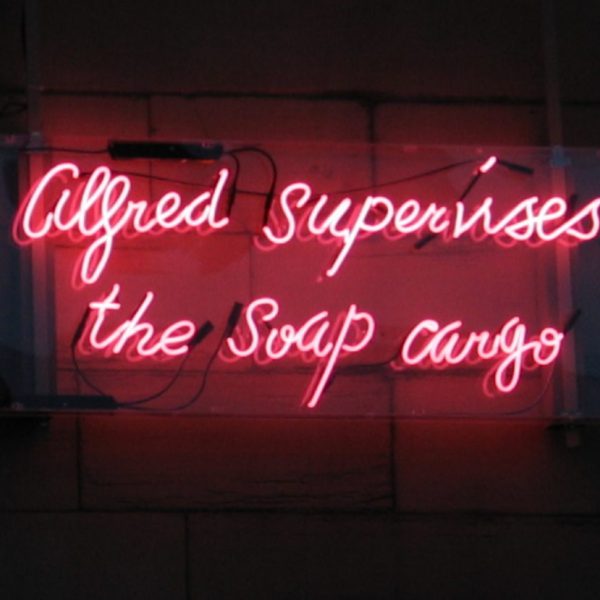A series of site specific artworks that illuminated corners of Holbeck, Leeds with stories of its historic past. The work was commissioned by The Culture Company working in partnership with Leeds City Council and Holbeck Urban Village as part of Secrets and Light, a programme which aimed to encourage people to take an alternative way of exploring the area and to reintegrate it into the mental map of Leeds city centre.
Yarn is five short texts created as neon signs and sited at The Canal Office, The Round Foundry Media Centre, Temple Mill, The Commercial Pub and LA Bowl.
Each text was fictional but rooted in reality and functioned as an entry point into wider narratives about people who lived and worked in the area in the 19th century. Some of those people were great entrepreneurs, others unrecognised workers, but all the art works aimed to provide an insight into their everyday lives from romance to espionage. Each piece was in a handwritten font to personalise the history of the area and create connections between people and place. They are all sited in the same location the historic event happened in order to close the gap between past and present.
Yarn by definition is 1. a continuous twisted strand of wool, cotton, or synthetic fibres, usually used for knitting or weaving 2. a long or involved tale, especially one that relates exciting or incredible events. Thus the title of the work refers to the history of spinning and weaving in Holbeck but also to the narrative nature of each work.
